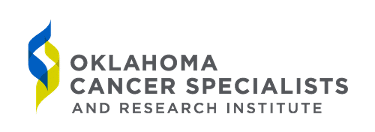The Comprehensive Cancer Center of Wake Forest Baptist Health in Winston-Salem, North Carolina has been one of 72 elite NCI-designated Cancer Centers for over 40 years. Acknowledged as one of the nation’s leaders in the fight against cancer, the Comprehensive Cancer Center has 35 infusion chairs & 8 private rooms.
54 chairs
1 center
Epic EHR
NCI designation
Community Health System
Winston-Salem, NC
Wake Forest Baptist Health was consistently operating at capacity, and the strained resources resulted in decreasing staff and patient satisfaction. They had a particular struggle with peak periods of high utilization for treatment chairs between 10am and 2pm.

Leadership at the Cancer Center center deployed iQueue for Infusion Centers at one of its centers with 54 chairs and 8 beds to create optimized infusion scheduling templates.
iQueue for Infusion Centers uses data science and machine learning to create optimized scheduling templates in order to continuously maximize patient flow and chair usage.










Take the first step towards unlocking capacity, generating ROI, and increasing patient access.
If you work in the healthcare industry, or even if you’re just an interested observer, you don’t need a book to tell you that the financial pressure is on as never before. A perfect storm of circumstances is swirling together, one that will make survivability, not to mention profitability, a greater challenge for healthcare companies than we’ve seen in the modern era.
As with banks, retailers, and airlines, which had to rapidly enhance their brick-and-mortar footprints with robust online business models—it is the early movers eager to gain new efficiencies that will thrive and gain market share. The slow-to-move and the inefficient will end up being consolidated into larger health systems seeking to expand their geographical footprints.
Let’s look at just a few of the looming challenges healthcare must meet head-on.
An aging population
By the year 2030, the number of adults sixty-five years of age or older will exceed the number of children eighteen years or younger in the United States. We are living longer than our parents did. Positive news for sure, but problematic for several reasons.
The older we get, the more medical help we need. Older people have more chronic diseases. By 2025, nearly 50 percent of the population will suffer from one or more chronic diseases that will require ongoing medical intervention. This combination of an aging population and an increase in chronic diseases will create a ballooning demand for healthcare services.